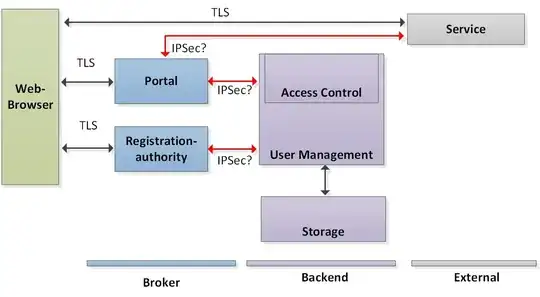This websites gives you information on the SSL cipher suites your browser supports for securing HTTPS connections.
If you browse it with Google Chrome, you'll probably see some weird Cipher Suites in your browser supported Cipher Suites list. (You'll see them in the first suggested Cipher Suite location and also in the extensions section):
look at baba in the image below (and also the 3a3a in the extensions):

It seems that this number is random. I mean if you refresh the page, those number will change:
look at dada in the image below (and also the 1a1a in the extensions):

What are these random weird numbers? If those are chrome's proprietary cipher suites (those are not common cipher suites), why should chrome change them randomly?